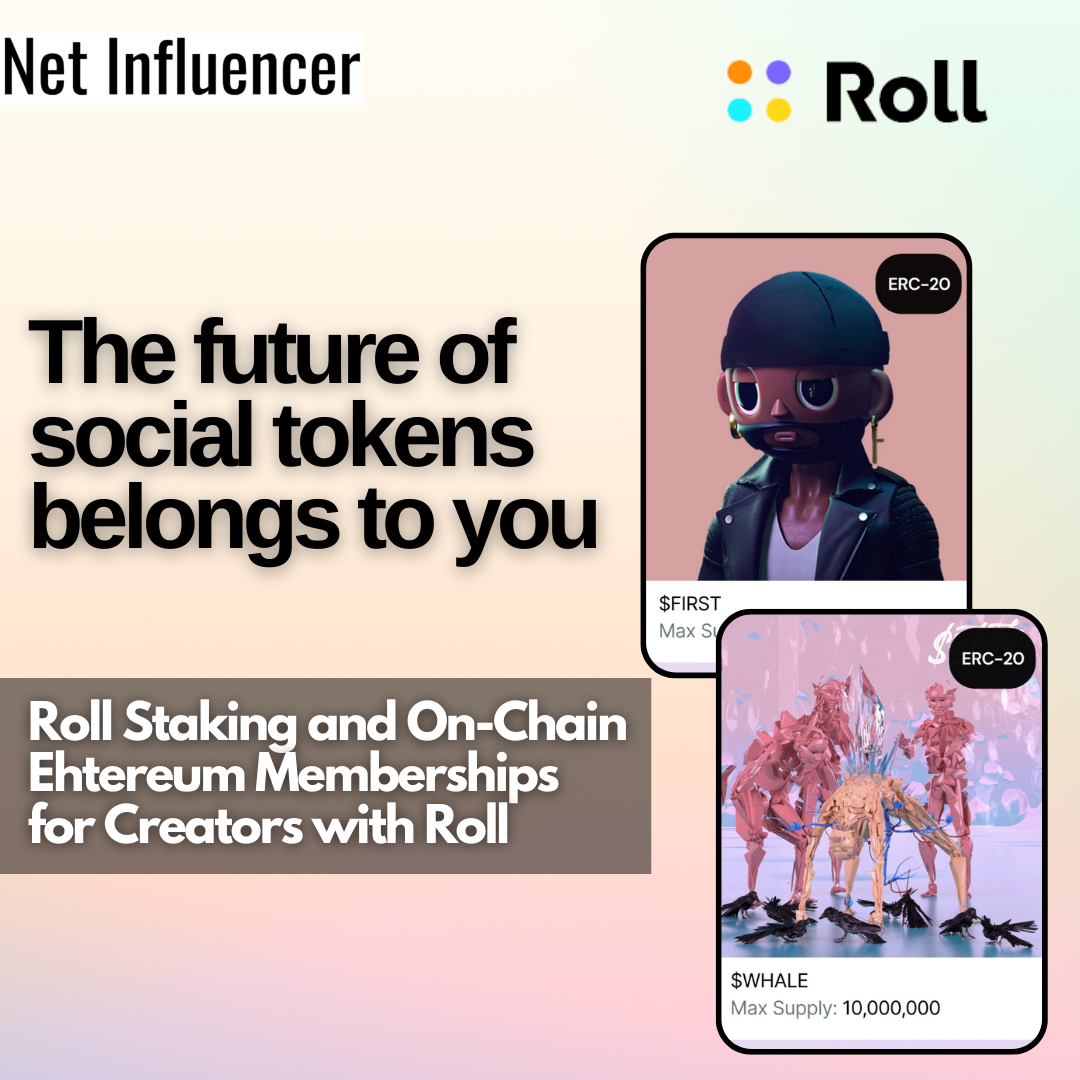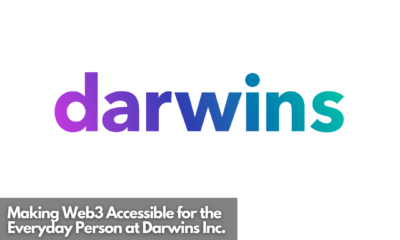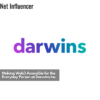Technology
Social Token Infrastructure Roll Launches On-Chain Ethereum Memberships and Roll Staking for Creators
Roll creates social tokens and provides creators with the infrastructure and APIs to form digital communities. Roll has minted over 450 creator and community tokens, with an entire market cap of over $100 million.
About Roll
Roll is a social token infrastructure providing tools for the creator economy. It provides creators with the infrastructure and APIs to form digital communities where social tokens can be created and integrated into financial systems and social platforms. Social tokens allow creators to make their own units of value independent of social media platforms and engage with their audience in new and novel ways.
Notable creators in the Roll ecosystem include Netflix Actor Dallas Hart ($STUDIO), Steve Harvey ($VAULT), Shepard Fairey ($OBEY), and The Professor ($CROSS) with 15MM followers across social. Today, we speak with Ellie Li, the Vice President of Product and Operations at Roll, about their recent product launches.
Recently, Roll launched on-chain Ethereum Roll Memberships and Roll Staking features for creators, their first release of non-custodial Web3 products.
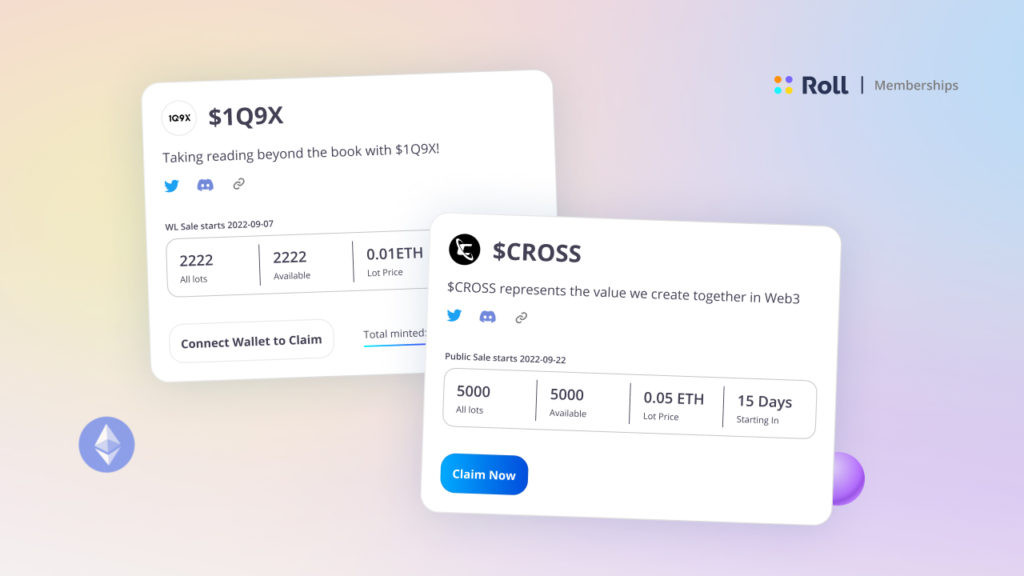
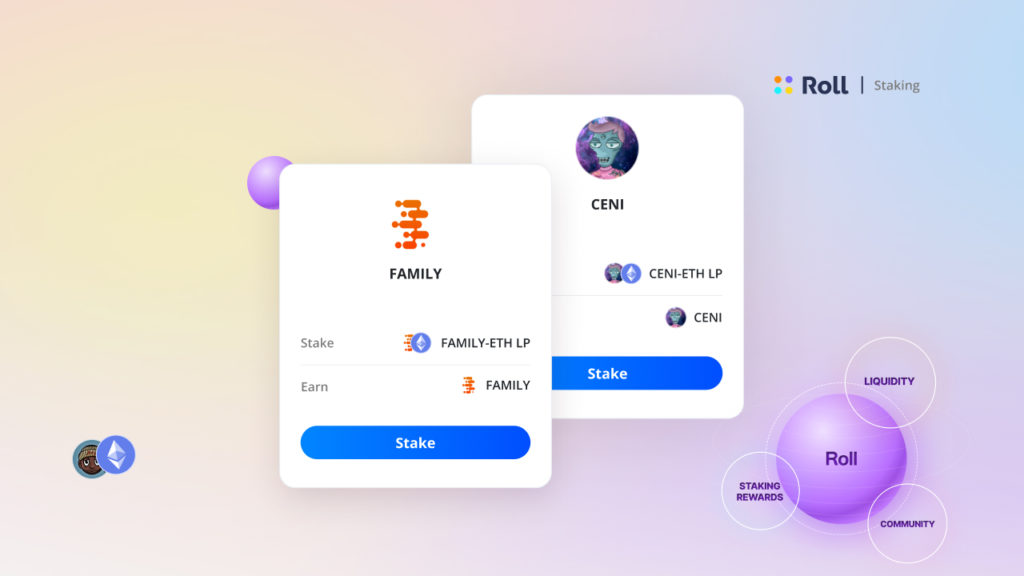
Today, we speak with Ellie Li, the Vice President of Product and Operations at Roll.
About Ellie Li
Before working at Roll, she founded a consumer media startup that allowed users to clip videos, make edits, and post the most exciting moments of the video on the platform. Her startup grew to 150,000 active monthly users and had five to six million users in monthly traffic before it was acquired. During the pandemic, she led a product series at a telemedicine startup that focused on growing the consumer side of things before joining Roll.
Roll’s New Web3 Product Launch
Ellie explains, “We [Roll] noticed that it’s almost an inevitable trend that people who are creators in Web2 are going to migrate into Web3 because the economy [and] the platform is there. It just makes so much more sense because you don’t have to worry about any kind of middleman taking your profit, right?”
She adds that with Web3, your community engagement is also your own, which can help you monetize quickly.
“For example, on Instagram, you push your content, and then the way for you to generate income is mostly through sponsored deals, and then your community, the way to engage with them is just commenting [and] liking, which doesn’t mean anything. But, in a Web3 context, through either a token or an FTS, you’re essentially growing what your community and everyone in your community is holding.”
Ellie notes that creators using social tokens have a strong incentive to be their own biggest advocates so that they can create their own platform, essentially, with their own rules and economy.
These economic changes led Roll to build more tools to connect the dots between what was missing for creators looking to go from Web2 to Web3.

Roll Memberships and Roll Staking
Recently, they launched their Roll Memberships and Roll Staking to fill in gaps for creators wanting to jump from Web2 to Web3 with their audiences.
The Roll Membership feature allows creators to monetize their social tokens with rewards and perks for their followers that hold a specific number of their social tokens. In return for having a certain number of a creator’s tokens, the member gets access to special rewards and perks, often featured in tiers.
On the other hand, Roll Staking is an easy and secure way for creators to create staking rewards with their social tokens. For example, suppose a creator or DAO wants to begin trading their social token on exchanges. In that case, they can use the Roll Staking feature to grow liquidity on different platforms, like Uniswap. Ultimately, this creates trading volume and liquidity for a creator through their community buying social tokens.
Ellie shares, “After starting a liquidity pool, meaning that your [social] tokens can be traded against Ethereum, and then basically what you want to do is you want more people adding liquidity to the pool, and then you can use Roll Staking… For example, like 200,000 of your own native tokens into the stake contract as an additional incentive.”
As liquidity grows, creators can automate their liquidity rewards through Roll.
Ellie adds, “The ultimate goal for these two features is really just to complete this tool set for creators in Web3, to open up new avenues to monetize, build initial treasury, and build liquidity for their token and for their community.”
The Current Landscape of Web3 for Creators
In Web3, creators will be more assertive in wanting to build independent platforms rather than rely on other platforms that could disappear or ban them at any time.
“I think for now, creators in Web3 – they’re still struggling to find a good way to monetize and hopefully through Roll Memberships [we] will give them a powerful tool to build their initial treasury … I think another big challenge we noticed is actually onboarding those creator communities from Web2 to Web3.”
Ellie shares that many of the creators Roll work with have a sizeable Web2 following, but it can be challenging to educate their communities and transfer them onto Web3.
One of the things Ellie would like to see change in the creator economy is more openness to Web3 and NFTs. She shares that celebrities and artists using NFTs have helped it become more mainstream, but social tokens haven’t had a huge mainstream moment yet, limiting how many people know about them or are willing to try them out.
Roll’s Future Plans
During Roll’s Series A round last year, they announced their vision to be the infrastructure for the social token and DAO category. In the next six months, they are looking to package their membership and staking features as an SDK for social platforms.
Ellie shares, “In the next three to six months, our focus will kind of shift to bring more platforms that serve creators into our ecosystem, as well as through our APIs and SDK, so what that means is if you are a Web3 community base or chat-based app, you can use our web3 SDKs… The creators or communities on the platform can mint [social] tokens and receive tips natively on the platform via our APIs instead of coming to Roll.”
For example, a platform looking to be the next Discord, metaverse, or spatial audio network, can make its own chat room with its own treasury and liquidity using these future features with Roll.

These developer tools, APIs and SDKs, are currently being designed to allow any social platform to transform into a part of the on-chain creator economy platform with fully enabled Web3 features. Roll plans to release these products within the next six months while continuing to grow its platform and developer ecosystem.
In closing, Ellie shares, “We are always open to working with different types of creators. Always happy to have a chat, help them figure out what’s the best way to get into Web3 and then how to onboard their communities from Web2 to Web3.”


